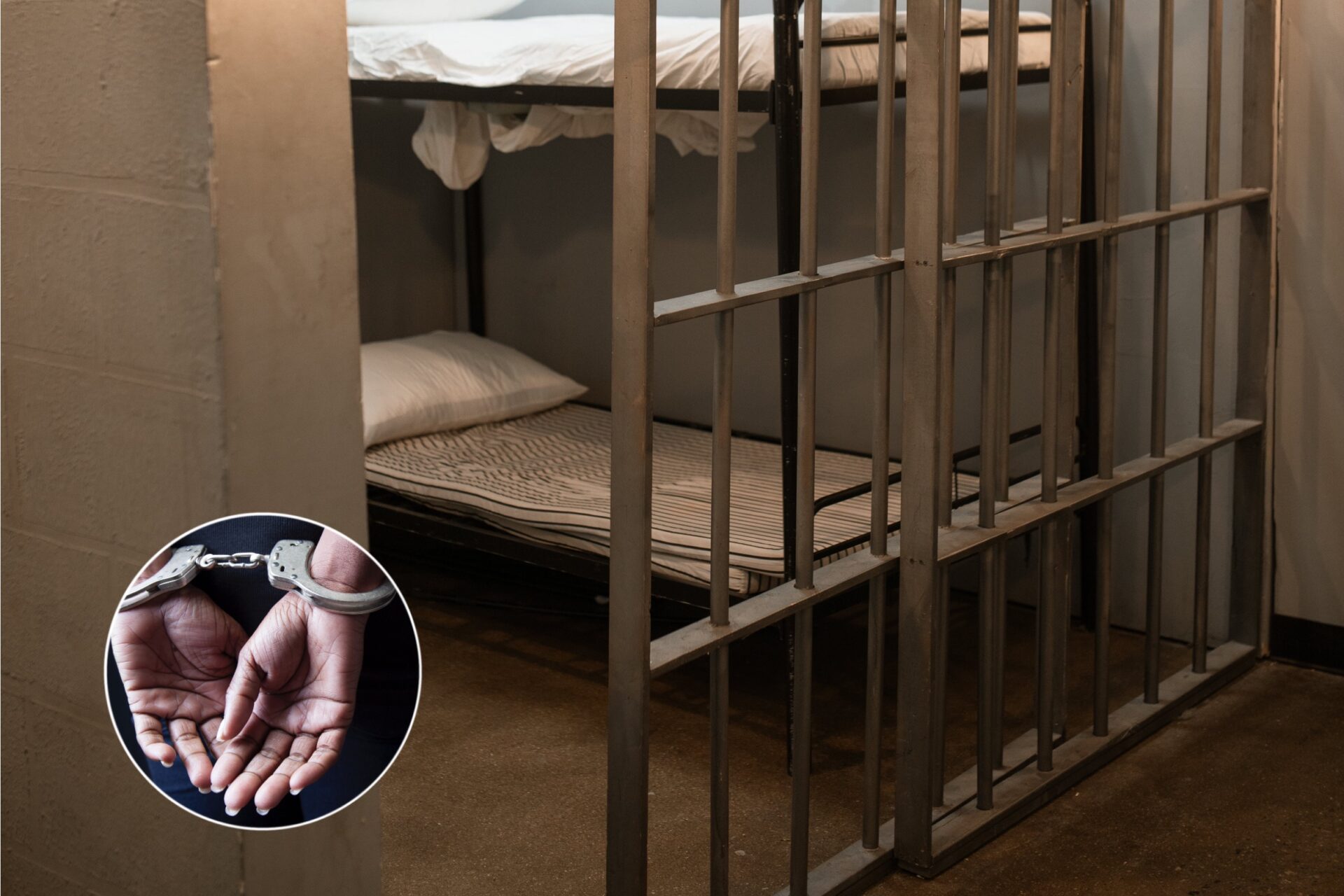
February 1, 2024
Opinion: California Makes Some Progress On Incarceration Of Women; Studies Show More Work Is Needed
California has the distinction of being the state with the highest rate of women sentenced to life in prison.
In California, strides have been made in reducing the incarceration rate for women, particularly among Black and white women, which dropped by nearly 50% between 2010 and 2019.
Despite improvements, Black women and Indigenous American women remain the most incarcerated groups.
According to a June 2021 report from the California Budget and Policy Center, Black women constituted over one-quarter (26%) of women incarcerated by the state in 2019, significantly higher than their share of the overall population (6%).
Similarly, American Indian women comprised almost 2% of incarcerated women—nearly five times their share of all women in California (0.4%). Latinx women’s share of incarcerated women was roughly equal to their share of all women in the state (about 35%). In contrast, white women were not overrepresented in state prisons in 2019.
Although there were notable declines in the incarceration rates for Black, white, and Latinx women from 2010 to 2019, inequalities persist. While the incarceration rate for Black women dropped by 53%, it remained substantially higher than that of Latinx and white women. Despite these improvements, California continues to grapple with racial disparities in its justice system.
The report concludes that California needs to step up.
“Policymakers must do more to address the racist policies and practices that have created and sustained racial disparities. A companion publication to this report will outline an array of policy options, including reforming sentencing policies; strengthening behavioral health intervention and treatment; addressing the structural barriers that block communities of color from economic and health opportunities; and reducing prison and police budgets and using the savings to fund investments in communities of color and justice system reforms,” the report reads.
It continues, “Advancing antiracist policies would help to improve the lives of Californians of color, including American Indian, Black, Latinx, and Native Hawaiian and Other Pacific Islander communities, which have long faced discrimination and continue to be exposed to the damaging effects of racism inside and outside of the justice system.”
In 2022, the Essie Justice Group and the Prison Policy Initiative studied the origins of the incarcerated currently housed in California’s state prisons. They discovered that there is no local community in the state that is not impacted by mass incarceration. In addition, according to a summary of the report, those incarcerated are stratified along racial and economic lines. In Los Angeles, neighborhoods with the highest imprisonment rates are predominantly Latino and Black, while those with the lowest rates are primarily white and affluent.
“There are dramatic differences in incarceration rates within communities, often along racial and economic lines. For example, in Los Angeles the 14 neighborhoods with the highest imprisonment rates are clustered in South Central Los Angeles, where 57% of residents are Latino, 38% are Black, and 2% are white. Meanwhile, the L.A. neighborhoods with the lowest imprisonment rates are mostly in the predominately white and wealthier Westside region.”
The report also called for the passage of the BREATHE Act in California, a bill proposed by the Movement For Black Lives created to radically reconceptualize how public safety, community care, and money meet in society.
In 2023, a joint report from the University of California Sentencing Project, the California Coalition for Women’s Prisoners, and the UCLA Center for the Study of Women/The Streisand Center examined how incarcerating women-long term in California impacted those women. The report found that sentencing women to lengthy sentences functioned as part of the aim of the criminal justice system to punish those women as opposed to rehabilitation. California has the distinction of being the state with the highest rate of women sentenced to life in prison, coming in at 25% or one in four.
The report identified five categories of incarcerated women: those unrecognized as victims or survivors, traumatized by criminal procedure, affected by racist and sexist law and order politics, sentenced by prison and parole authorities, and sentenced to a lifetime behind bars.
The Vera Institute highlighted California’s substantial investment in its mass incarceration economy, with an estimated $18 billion spent on the criminal legal system in 2023, excluding city or county spending. Despite the state’s commitment to racial equity, Black and Latinx Californians bear a disproportionate burden, comprising 66% of the county jail population and 74% of the prison population, despite representing only 47% of the overall population.
“In 2021, California cities spent $14 billion on policing, and counties spent $19 billion on policing, jails, probation, and the judicial system. And despite the state’s commitment to racial equity, people of color disproportionately carry this burden—a direct result of decades of policy failure and systemic disinvestment in housing, employment, treatment, education, and other social services,” the Vera Institute,’s report stated. “Although Black and Latinx Californians make up 47 percent of the state’s population, they together comprise 66 percent of the county jail and 74 percent of the prison populations.”
These various studies point to the need for California to address racial disparities in its criminal justice system.
RELATED CONTENT: This Black Woman CEO is Working to Fix the Prison System: ‘We Have Witnessed Hope Renewed’